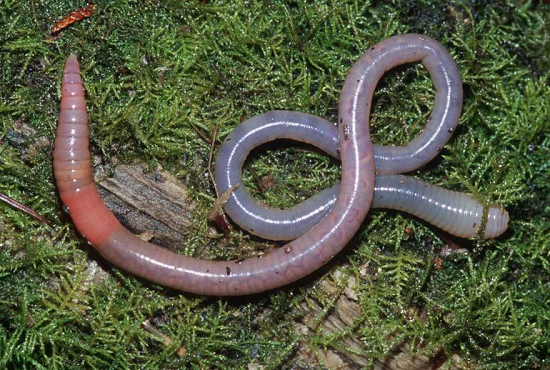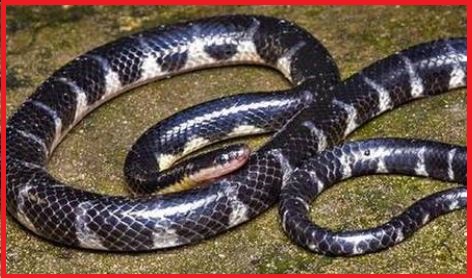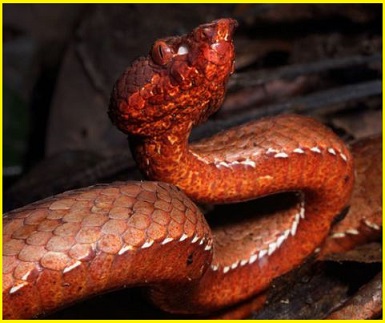Updated By: LatestGKGS Desk
Biology: Introduction of Earthworm structure and Function

Biology: Introduction of Earthworm structure, Function, Pheretima, and Lumbricus
Earthworm is a reddish brown terrestrial invertebrate that inhabits the upper layer of the moist soil. During the day, they live in burrows made by boring and swallowing the soil. In gardens, they can be detected by their fecal deposits known as worm castings.
The common Indian earthworms are Pheretima and Lumbricus.
Earthworms have the long cylindrical body. The body is divided more than a hundred short segments which are similar (metameres about 100-120 in number). The dorsal surface of the body is marked by a dark median mid-dorsal line along the longitudinal axis of the body.
The ventral surface is distinguished by the presence of genital openings (PORES).
The body wall of the earthworm is covered externally by a thin non-cellular cuticle below which is the epidermis, two muscle layers (circular and longitudinal) and an innermost coelomic epithelium. The epidermis is made up of a single layer of columnar epithelial cells which contain secretory gland cells.
The alimentary canal is a straight tube and runs between first to the last segment of the body. A terminal mouth opens into the buccal cavity which leads into the muscular pharynx.


